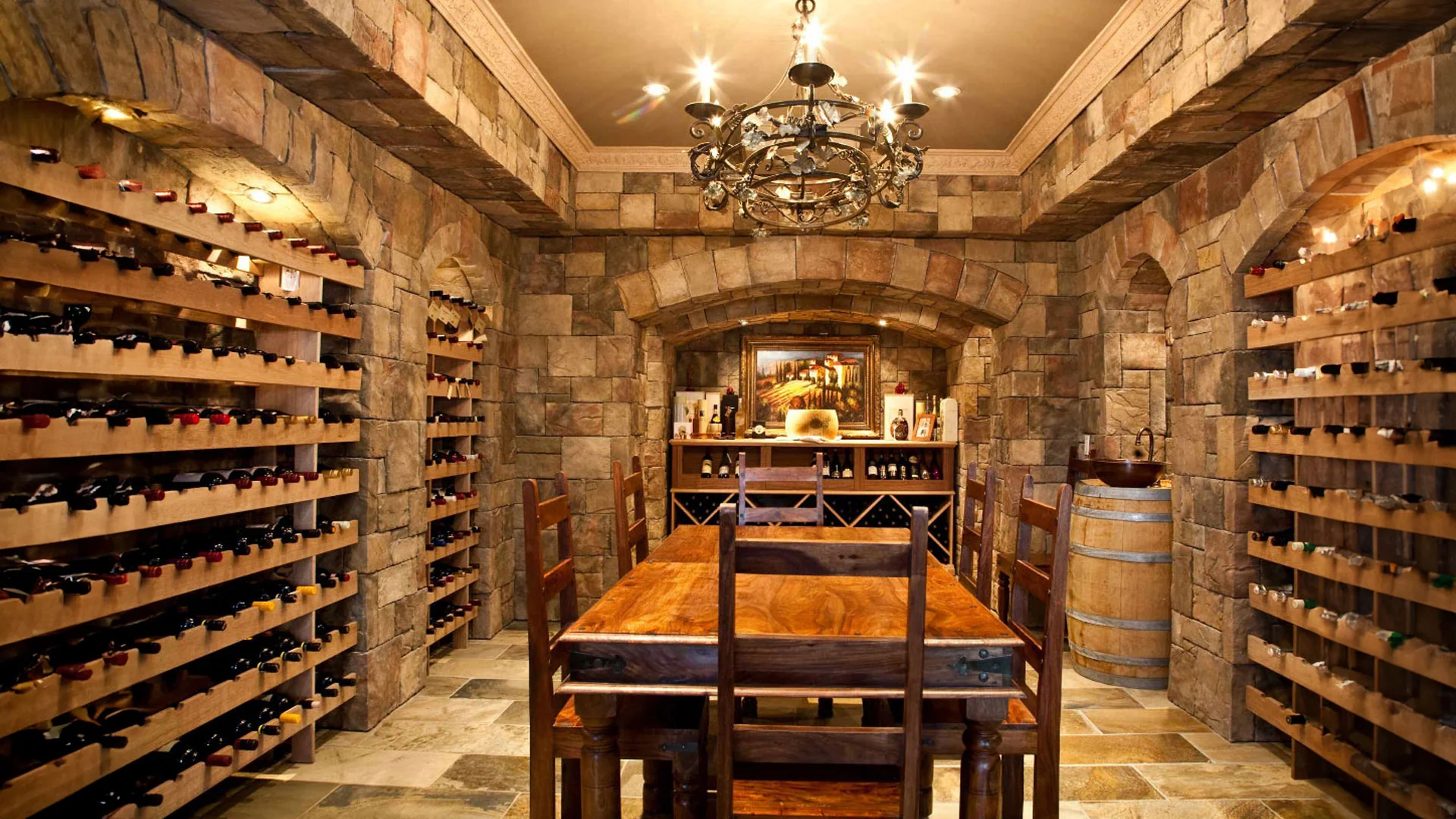Wine storage might seem straightforward, but proper preservation requires attention to several critical factors that can make or break your collection. Whether you’re a casual wine enthusiast with a few special bottles or a serious collector building an extensive cellar, understanding the fundamentals of wine storage will ensure your investment maintains its quality and value over time. From temperature control to humidity management, the right storage conditions protect your wine from premature aging, oxidation, and flavor deterioration. With the proper knowledge and tools, you can create an optimal environment that allows your wines to develop their full potential, whether you’re storing them for weeks, months, or years. This comprehensive guide will walk you through the essential tips and must-have tools for successful wine storage at home.
Temperature Control: The Foundation of Wine Storage
Temperature stands as the most critical factor in wine preservation, with consistency being more important than the exact degree. The ideal storage temperature ranges between 55°F (13°C) for long-term storage, though acceptable ranges span from 45°F to 65°F (7°C to 18°C). Wine should never be stored below 25°F (-4°C), which can cause freezing, or above 68°F (20°C), which accelerates aging and destroys volatile compounds.
Temperature fluctuations pose a significant threat to wine quality, causing corks to expand and contract, potentially allowing wine to seep out or air to enter. For optimal results, maintain stable temperatures year-round, avoiding storage near heat sources like stoves, fireplaces, or appliances that generate warmth.
Humidity Management for Cork Preservation
Proper humidity levels between 50% and 70% are essential for maintaining cork integrity. Excessive humidity above 70% won’t damage your wine, but it can create mold and mildew in storage areas. Conversely, insufficient humidity dries out corks, allowing air infiltration that spoils wine.
In humid climates, use silica gel packets to absorb excess moisture. In dry environments, place a bowl of water nearby to increase humidity levels naturally.
Positioning and Light Protection

Store corked bottles horizontally to keep corks moist and prevent air infiltration. This positioning is crucial for long-term storage, as dried corks can cause seepage and premature aging. Screw-cap bottles can be stored upright, though horizontal storage maximizes space efficiency.
Protect wine from bright light, including UV sunlight and fluorescent LED lighting. Light exposure can heat wine and contribute to deterioration, making dark storage areas essential for preservation.
Essential Wine Storage Tools
Several accessories can enhance your wine storage setup:
Temperature and Humidity Monitoring: A thermometer/hygrometer helps track storage conditions, ensuring optimal temperature and humidity levels.
Wine Preservation Systems: For opened bottles, vacuum systems like Vacu Vin remove oxygen to slow oxidation, extending wine life up to a week. Advanced systems like Coravin allow wine access without cork removal, preserving bottles for months or years.
Proper Stoppers: Use vacuum-sealing stoppers with air pumps to prevent oxidation in opened bottles. These devices remove air from bottles, maintaining freshness for several days.
Avoiding Common Storage Mistakes
Avoid storing wine in kitchens, which experience large temperature fluctuations. Refrigerator storage for extended periods can cause cork elasticity loss, affecting seals and causing wines to become stale.
Keep wine away from vibration sources like washing machines, dryers, and other appliances that can disrupt aging processes. Vibration interferes with positive aging and the development of quality flavors, aromas, and textures.
For opened wine, refrigerate immediately and consume red wine within 3-5 days, while white and sparkling wines should also be refrigerated but may lose quality faster.


